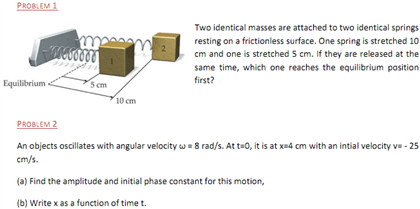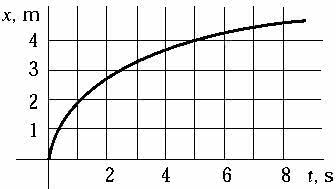PHYS 114 Lecture Notes - Lecture 8: Projectile Motion
Document Summary
X and y components of a projectile motion. For a particle with an initial position (x0, y0), an initial velocity (v0x, v0y), and a constant acceleration (ax, ay), its equations of motion are given by: An object experiences a constant acceleration of. 2. 00 m/s2 along the x axis for 2. 70 s, attaining a velocity of. Calculate the initial velocity vector of the object. Initially, a particle is moving at 4. 10 m/s at an angle of. Two seconds later, its velocity is 6. 05 m/s at an angle of 59. 0 below horizontal. What was the particle"s average acceleration during these. The free-fall acceleration is constant over the range of motion. The effect of air resistance is negligible. This assumption is often not justified, especially for high velocity projectiles. In projectile motion, velocities in the x and y directions are independent from each other. Constant velocity motion in the x direction. Constant acceleration motion in the y direction.





